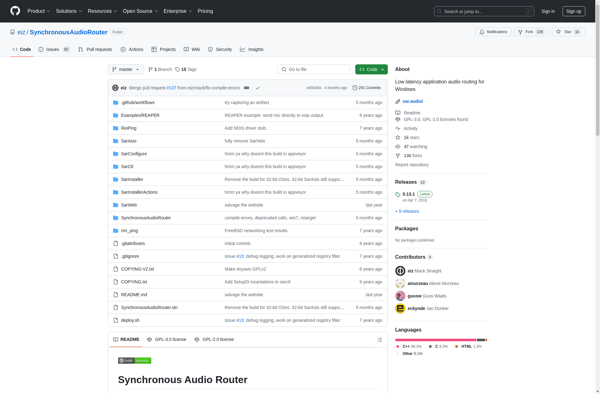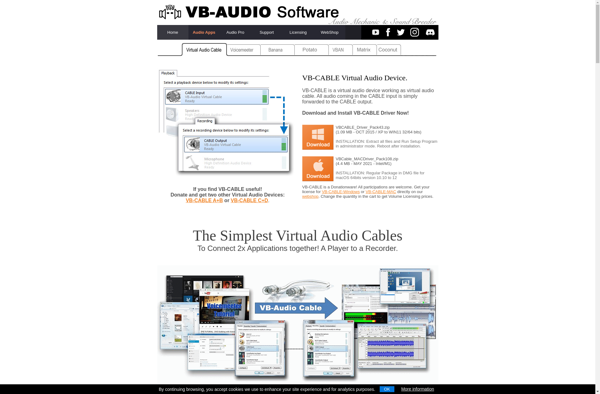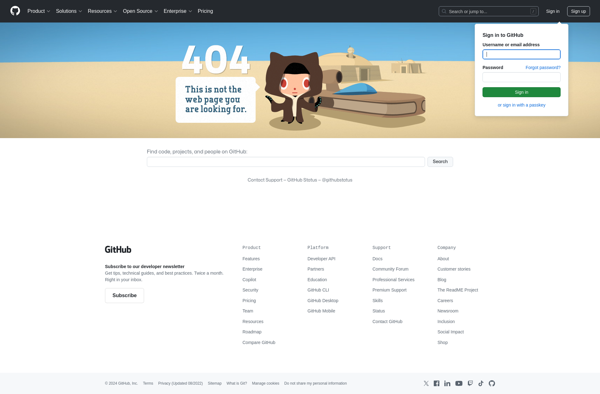Virtual Audio Streaming

Virtual Audio Streaming: Stream Audio Over Network
Virtual Audio Streaming allows you to stream audio from one device to another over a network. It works by sending digital audio data over IP, similar to how VoIP works for voice calls.
What is Virtual Audio Streaming?
Virtual Audio Streaming software enables you to stream audio from one device to another in real-time over an IP network. It works by capturing the audio output on one device, encoding it into a digital stream, and sending that data over the network to another device where it is decoded and played back.
Some key benefits of virtual audio streaming include:
- Ability to access your audio library from any device on the network
- Stream background music throughout a home or office
- Share audio between devices without physically moving files or storage media
- Route audio from DJ gear/DAWs to remote headphones/speakers
- Less cabling needed compared to analog audio
Popular virtual audio streaming protocols include Dante, Ravenna, Q-Sys, and AES67. Compatible software and hardware is needed at both the transmitting and receiving end to encode/decode the audio streams.
Overall, virtual audio streaming greatly simplifies sharing audio between devices and locations. It leverages standard IP infrastructure to transmit high quality, multi-channel digital audio in real-time.
Virtual Audio Streaming Features
Features
- Virtual audio device creation
- Audio streaming over network
- Low latency audio transmission
- Support for various audio formats
- Cross-platform compatibility
- Customizable settings for audio quality and bitrate
Pricing
- Freemium
- Subscription-Based
Pros
Cons
Official Links
Reviews & Ratings
Login to ReviewThe Best Virtual Audio Streaming Alternatives
Top Audio & Music and Audio Streaming and other similar apps like Virtual Audio Streaming
Here are some alternatives to Virtual Audio Streaming:
Suggest an alternative ❐Synchronous Audio Router

VB-Audio Virtual Cable

VAcard

Virtual audio capture grabber device

Carla
